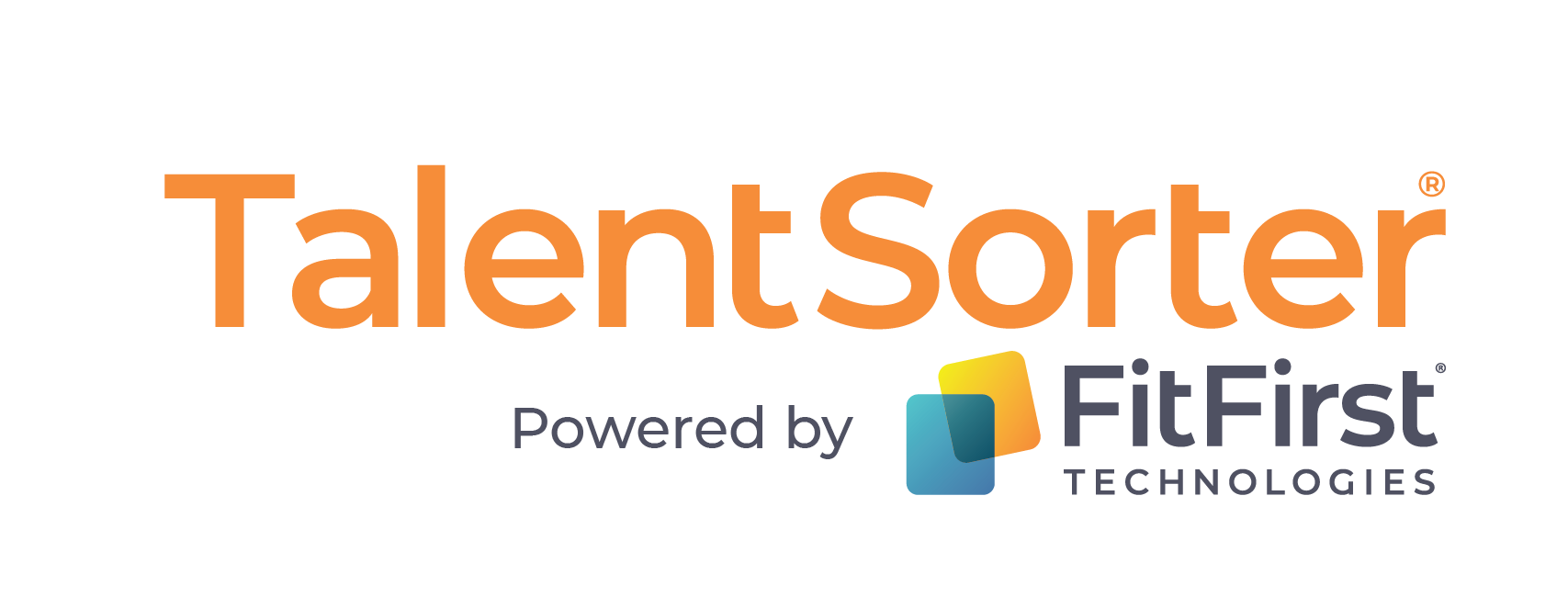The more ‘engaged’ the team, the greater the likelihood that the team will go out of their way to achieve their objectives. This direct cause-and-effect relationship is at play in your business today; the only question is whether it is helping or hindering your results.
Gallup first tripped across the predictive value of employee commitment fifteen years ago in the course of some research they were doing globally. The original objective was to understand why some managers’ teams or departments consistently outperformed those of other managers in the same organization. At first, the ‘engagement thing’ was a tantalizing little by-product of the original project… but the more they studied it, the more its inherent value became apparent.
Simply put, the more ‘engaged’ the team, the greater the likelihood that the team would go out of their way to achieve their objectives. It stands to reason.
So much so, in fact, that in the course of their work (if you haven’t read First, Break All The Rules, add it to your wish list), Gallup’s statisticians were able to demonstrate unequivocally that ‘engagement’ is the most statistically reliable predictor of business performance.
That pronouncement caused an understandable ruffle in the business community. A soft measure as a leading indicator of ‘hard’ outcomes?
Mais oui, mes amis. And not only that; Gallup’s findings have been validated and re-validated (and knocked off) by all the other major consulting firms.
So why is it now that fifteen years later, all too many organizations are seeming to miss the boat? According to a recent Herman Trend Alert, global Employee Engagement continues to decline at precisely the time when organizations most desperately need their employees’ full engagement and participation.
In fact, in the most recent study of employee engagement levels by Hewitt Associates, the report found that engagement levels at the end of the June 2010 quarter represented the largest decline Hewitt has seen in 15 years.
Not surprisingly, this drop is attributable in large part to growing friction between employers and their employees. Employers are attempting to stabilize their financial situations (and often using the economy as an excuse for a long-deferred rationalization) and their employees are emotionally and physically drained and growing resentful after 18 months of stress, insecurity, and increased workloads.
Furthermore, a recent workplace study indicates that 34% of employees are looking to switch jobs when the opportunity occurs. The reasons cited are trust in their employer driven by a lack of communication from senior management.
Historically, Hewitt’s research has shown that about half of the 900 organizations polled improved their engagement levels in a one-or-two year period, while 15 percent experienced a decline. However, this year’s study shows more than three times the number of organizations with declining engagement levels. . . so that in the quarter ending this June, 46 percent of organizations reported falling engagement levels. Only 30 percent improved.
Hewitt’s analysis continued to underscore the undeniable cause-and-effect link between employee engagement and financial performance. Organizations with high levels of engagement (65 percent or greater) outperformed the total stock market index and posted total shareholder returns 19 percent higher than the average in 2009. On the other hand, companies with low engagement (40 percent or less) had a total shareholder return that was 44 percent lower than the average.
Finally, another global study on engagement has shown that the number of Actively Engaged employees has dropped and the number of Actively Disengaged employees has gone up. Perhaps more disturbing in these statistics though is the fact that the number of Actively Engaged employees who plan to look for work elsewhere has gone up whereas the number of Disengaged Employees who plan to stay has gone up! Imagine the impact to productivity and financial performance when your most engaged people leave and the most disengaged stick around!
Beware vendors touting a ‘product’ approach to improving engagement. A recent Monster webinar advert offered to teach leaders how to use the following as a means to build engagement in their organization:
- Provide creative rewards for deserving employees
- Use public praise and acknowledgement programs to recognize the contributions of your team
- Rally your team with charitable endeavors and volunteerism
- Use food, events and low cost benefits to build morale and create a more enjoyable work environment.
Sorry, Monster. The path to higher levels of engagement does not lie in pep rallies and pizza. Employees are savvy enough to know that it’s window dressing.
All the research is equally clear: engagement is itself an outcome. It’s the result of staffing the organization with people who are engage-able in their environment and with managers who are engaging. It’s the result of an organization placing a premium on and willing to invest in the four aspects of relationship that are most critical to get right: an employee’s relationship with their manager, with their work, with their peers and with the organization.
It’s more important now than ever to pay attention to engagement. It could mean the difference between gobbling up your competitor’s share and powering your way out of this slump, and becoming a statistic.
[vc_row][vc_column][rd_cta style=”rd_cta_2″ title=”Try Our Scientific Solution to Successful Hiring” left_border_color=”#04bdce” button_text=”FREE TRIAL” button_link=”https://www.talentsorter.com/free-trial/” target=”_self” button_color=”#ffffff” button_bg_color=”#04bdce”]With our Software You’ll Spend 80% Less Time Sorting through Resumes, 70% Less Time Interviewing, and Reduce Turnover 20-60%! Start a FREE TRIAL (no credit card required)[/rd_cta][/vc_column][/vc_row]
